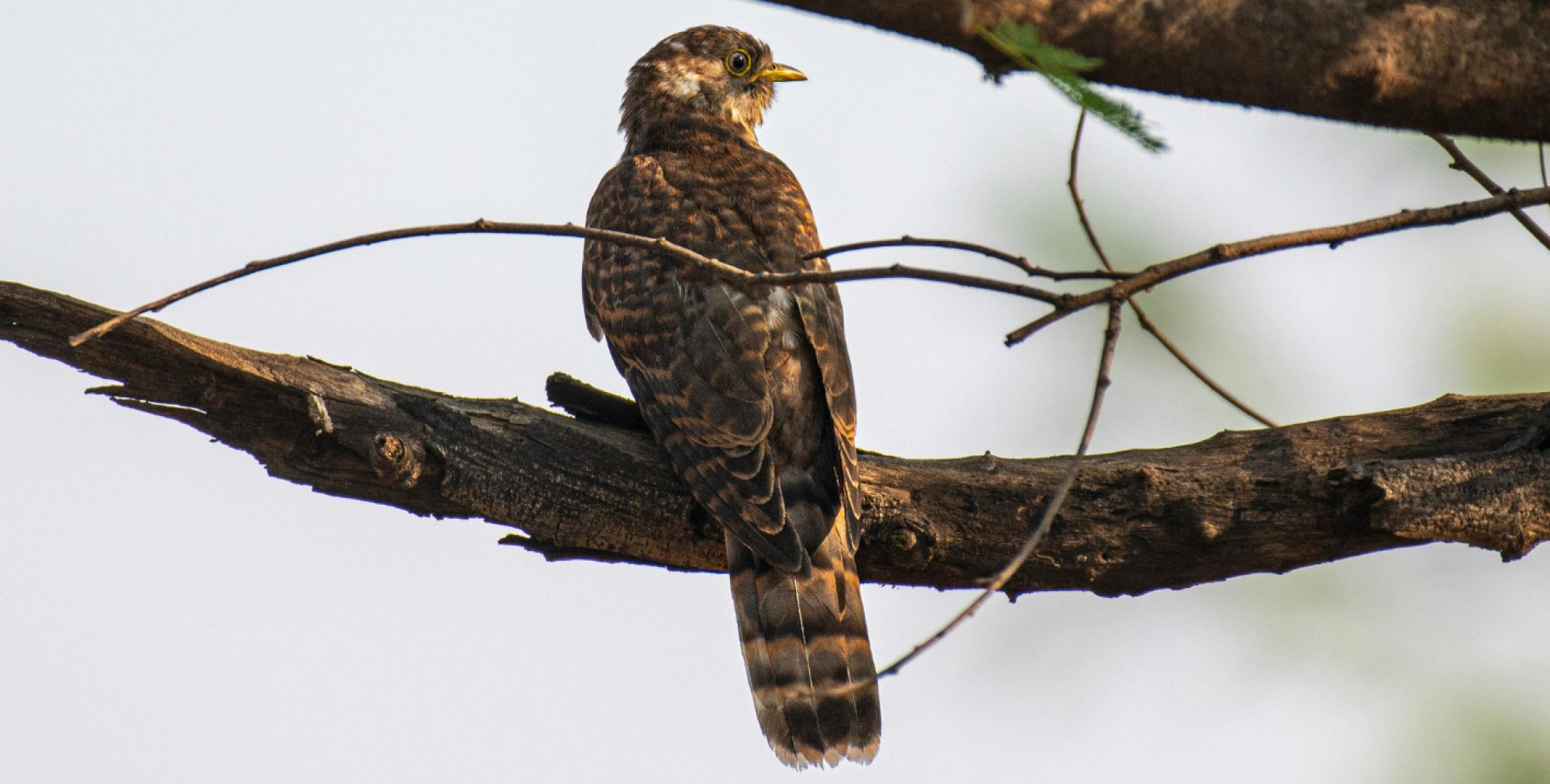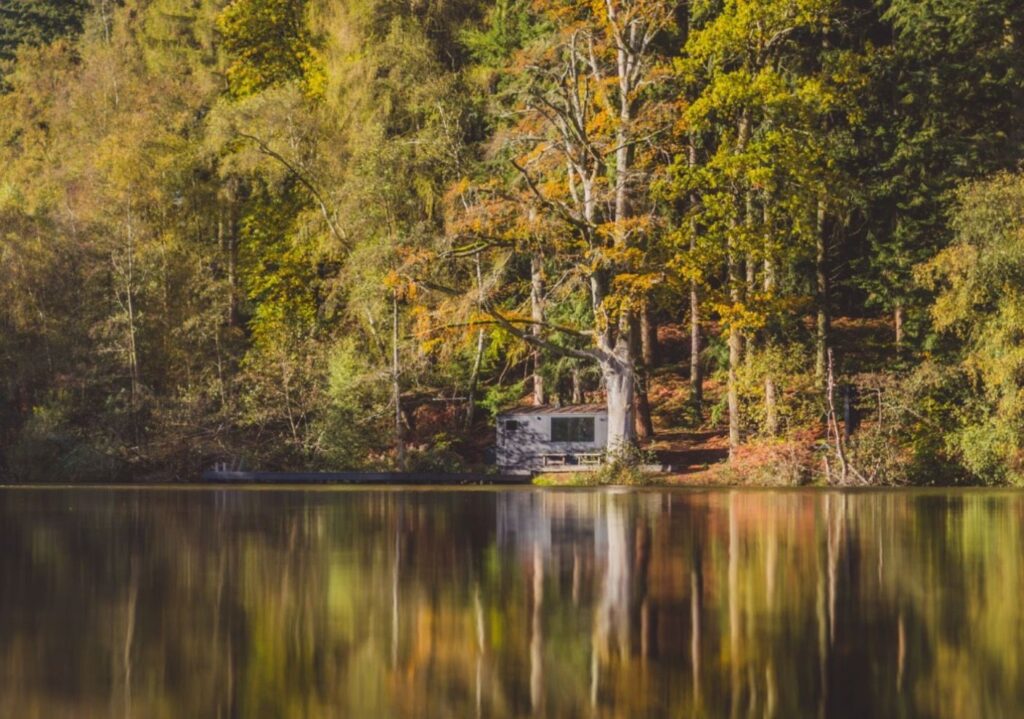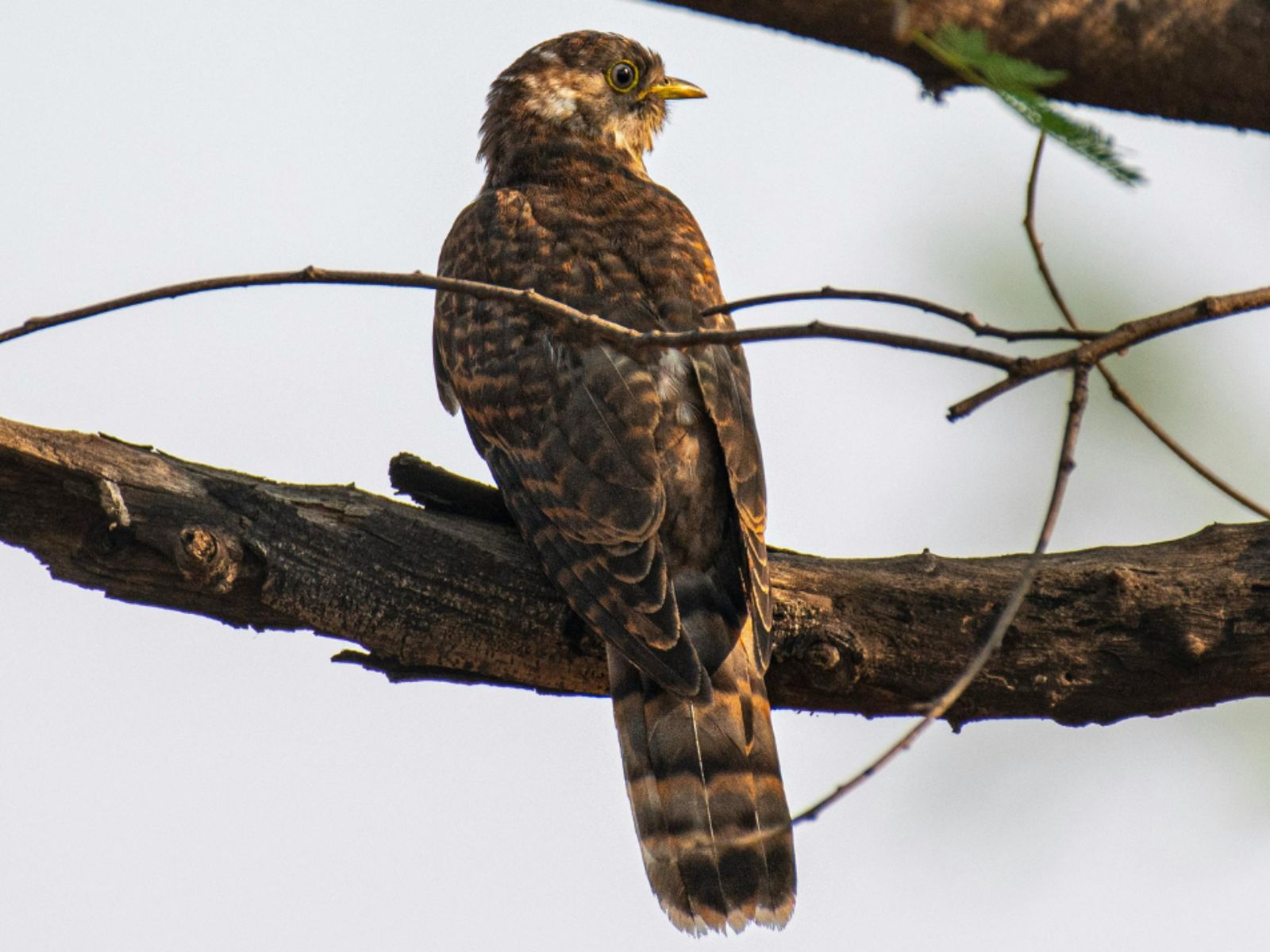Following one of the wettest winters on record, much of the Estate’s wildlife is displaying varied timing in their seasonal activities. If you’re a plant or a tree and dependent on light for energy, the cloudy and wet weather of the past few months will hold back your growth, whereas insects and birds that can hibernate or migrate can sit out the winter or move to better wintering grounds; unusually, both waxwings, a winter visiting bird, and sand martins, a summer visiting bird, can be spotted on the Estate. The rare appearance of the waxwing during Winter in the UK suggests a scarcity of berries and flies in Scandinavia and northern Europe. The sand martin winters in sub-Saharan Africa and migrates back to the UK and Europe in March. The lakes and rivers on the Wasing Estate, notably Rowneys Lake, provide an important breeding and feeding point for the sand martin and other migrant birds.

The cuckoo has arrived back on the Estate from their incredible wintering grounds in the tropical rainforests of central and west Africa. Several males have been persistently calling every day; You can hear them anywhere on the Estate between Brimpton and Woolhampton. Much harder to hear let alone see, are the elusive female cuckoos, whose distinctive and rarely heard call is so reminiscent of something much more exotic! Make the most of the early Summer because the cuckoo will begin it’s return journey to Africa in mid-late June. Of course they don’t have chicks to feed and bring up!
Plants and insects have been taking advantage of the warmer days to grow, hatch and metamorphose according to their type, including the first damselflies and dragonflies of the year on the Estate, including azure and common blue, and blue tailed damsels. Some damselflies have evolved a remarkable pair of false ‘eyes’ on the back of their heads, so that when they are perched in the sun on their favourite reed stem, it looks as if a fierce pair of eyes is looking at you, despite being colour spots.
The stunning four-spotted chaser dragonfly is usually one of the first dragonflies to emerge in spring, and these can be seen now at several locations on the Estates lakes.
– Jock The Wasing Bailiff










